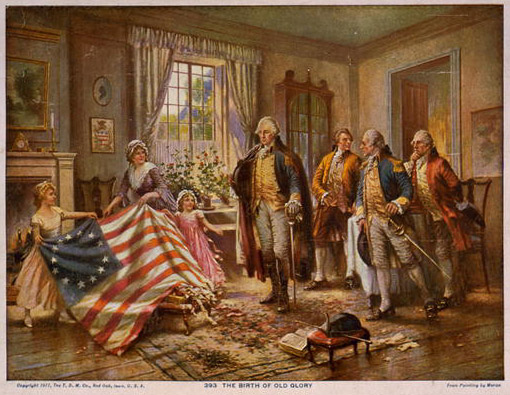A New Conservative Revolution
 The current economic crisis has had an unexpected effect on Spanish language newspapers in the United States, resulting in the closure of many publications, some of them relatively recent additions to the market. Until now, these Spanish language publications have been more successful in making ends meet and turning a profit than their English language counterparts, focusing on obtaining advertising dollars from small businesses and increasing their circulation with free editions. Even so, businesses’ reduced advertising and marketing budgets have caused many papers to stop their presses and close up shop.
The current economic crisis has had an unexpected effect on Spanish language newspapers in the United States, resulting in the closure of many publications, some of them relatively recent additions to the market. Until now, these Spanish language publications have been more successful in making ends meet and turning a profit than their English language counterparts, focusing on obtaining advertising dollars from small businesses and increasing their circulation with free editions. Even so, businesses’ reduced advertising and marketing budgets have caused many papers to stop their presses and close up shop.
Thus we are confronted with the recent closing of the Houston newspaper, “Al Día,” one of the country’s oldest Spanish language publications. After over 27 years in circulation, “Al Día”’s last edition was printed on the 28th of August. As in the case of many other newspapers, the increased expenses of publication combined with decreased advertising profits, made the newspaper impossible to maintain. Other incidences of important newspapers’ closures are the following: New York’s “Hoy”, printed up until January 2009, Orlando’s “El Nuevo Día” last printed in 2008, and Texas’ “Rumbo”, that has suspended print editions in San Antonio and McAllen, and now only maintains their Houston and internet editions.



The Dallas newspaper “Al Día,” published by “The Dallas Morning News,” has cut down to only two editions a week. The newspaper “Diario La Estrella”, produced by the English language daily “The Fort Worth Star Telegram”, has a cut back to single weekly edition and an online edition.
The annual study of the Spanish language newspaper industry realized by the Latino Print Network, of Carlsbad, California, emphasizes a decrease in the number of Spanish language newspapers of between 31% and 29% between 2005 and 2008. Fortunately, not everything is bad news. Spanish language weekly editions controlled by the Latino Print Network rose 21% to a total of 424 publications in the last three years.
Advertisements in Spanish Language newspapers reflect the similar tendencies. Profits went down 30.1% between 2005 and 2008 to 427 million dollars. On the other hand, profits for weeklies continue to grow, going up 27 percent up to 440 million dollars in 2008.

The current market reality tells us that only weekly newspapers and online editions can stay afloat during the current economic recession. This is the important long-term effect on the information revolution; no more will newspapers print monolingual paper editions. Current tendencies point to bilingual Spanish-English editions as the most viable option, with a potential market of millions of people not only in the United States, but worldwide.
![]()



These new Spanish language media are triumphing on the Internet and widening an ideological spectrum that before tended towards excessively progressive media. Conservative media, despite their relative novelty in the Spanish language newspaper market, have the possibility to contribute to the free exchange of ideas and pluralism in news and information provided online. Newspapers, magazines and weeklies like www.semanarioatlántico.com, www.theamericano.com, www.libertaddigital.com, www.jamesnava.com, www.albertoacereda.org, y www.gees.org have made their mark on the market, bringing with them new ideas and objective and independent information. These media connect with millions of people via shared ideology, and high quality information and have the potential to be economically successful.





The conservative revolution in Spanish language publications has taken place online and is in the process of expansion. It’s a revolution is changing the diffusion of information to make it freer, more pluralistic, more competitive and more relevant to citizens. Thus it is not surprising that the United States’ Hispanic community is responsible for 10% of Spanish language websites created worldwide (Spain is the other 56%) and possesses the greatest number of Internet users using the language online.
More than ever, Hispanics and the Conservative Revolution walk hand in hand towards a new future.









